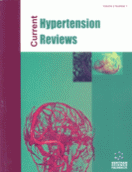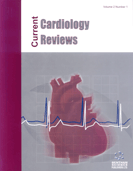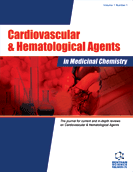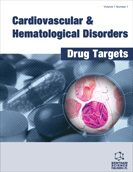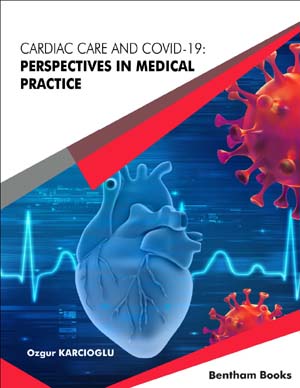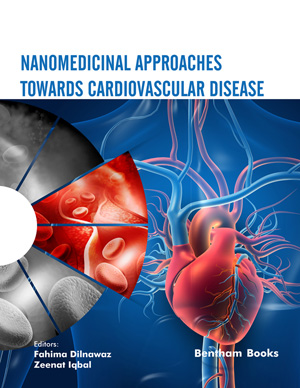Abstract
Immune dysfunction has been reported in patients with hypertension and in spontaneously hypertensive rats. Increased circulating levels of ouabain were observed in experimental models and in human hypertension. Despite the correlation between immunologic depression and hypertension, the mechanisms involved are unclear. This review examines evidences of immune dysfunction in hypertension and presents observations suggesting that ouabain is capable of inducing lymphocyte changes related to some of the immune disturbances observed. Defects in thymocytes, mature lymphocyte subsets, lymphocyte proliferation, cytokines balance and increased immunoglobulin production, were reported in animal models and/or hypertensive patients. Ouabain potentiates the effects of glucocorticoids on thymocytes, inducing plasma membrane depolarization, loss of mitochondrial membrane potential, changes in CD69 levels, increased intracellular calcium and apoptosis of thymocyte subsets. The activation of mature lymphocytes is inhibited by ouabain following different stimuli and these cells display changes in c-myc, CD69 and CD25 levels, plasma membrane polarization and mitochondrial membrane potential. These cells underwent apoptosis, suggesting an exacerbation of the process of activation induced cell death. Levels of cytokines such as IL-1, IL-2, IL-6, TNF, and GM-CSF are modified by ouabain. Some of the ouabain effects may result from a mechanism different from the traditional inhibition of the Na+/K+ ATPase.
Keywords: Hypertension, ouabain, immune system
Current Hypertension Reviews
Title: Effect of Ouabain on the Immune System
Volume: 2 Issue: 1
Author(s): Juliana Echevarria-Lima and Vivian M. Rumjanek
Affiliation:
Keywords: Hypertension, ouabain, immune system
Abstract: Immune dysfunction has been reported in patients with hypertension and in spontaneously hypertensive rats. Increased circulating levels of ouabain were observed in experimental models and in human hypertension. Despite the correlation between immunologic depression and hypertension, the mechanisms involved are unclear. This review examines evidences of immune dysfunction in hypertension and presents observations suggesting that ouabain is capable of inducing lymphocyte changes related to some of the immune disturbances observed. Defects in thymocytes, mature lymphocyte subsets, lymphocyte proliferation, cytokines balance and increased immunoglobulin production, were reported in animal models and/or hypertensive patients. Ouabain potentiates the effects of glucocorticoids on thymocytes, inducing plasma membrane depolarization, loss of mitochondrial membrane potential, changes in CD69 levels, increased intracellular calcium and apoptosis of thymocyte subsets. The activation of mature lymphocytes is inhibited by ouabain following different stimuli and these cells display changes in c-myc, CD69 and CD25 levels, plasma membrane polarization and mitochondrial membrane potential. These cells underwent apoptosis, suggesting an exacerbation of the process of activation induced cell death. Levels of cytokines such as IL-1, IL-2, IL-6, TNF, and GM-CSF are modified by ouabain. Some of the ouabain effects may result from a mechanism different from the traditional inhibition of the Na+/K+ ATPase.
Export Options
About this article
Cite this article as:
Echevarria-Lima Juliana and Rumjanek M. Vivian, Effect of Ouabain on the Immune System, Current Hypertension Reviews 2006; 2 (1) . https://dx.doi.org/10.2174/157340206775473757
| DOI https://dx.doi.org/10.2174/157340206775473757 |
Print ISSN 1573-4021 |
| Publisher Name Bentham Science Publisher |
Online ISSN 1875-6506 |
 10
10
- Author Guidelines
- Bentham Author Support Services (BASS)
- Graphical Abstracts
- Fabricating and Stating False Information
- Research Misconduct
- Post Publication Discussions and Corrections
- Publishing Ethics and Rectitude
- Increase Visibility of Your Article
- Archiving Policies
- Peer Review Workflow
- Order Your Article Before Print
- Promote Your Article
- Manuscript Transfer Facility
- Editorial Policies
- Allegations from Whistleblowers
Related Articles
-
Should Adipokines be Considered in the Choice of the Treatment of Obesity-Related Health Problems?
Current Drug Targets Anemia and Chronic Kidney Disease: Making Sense of the Recent Trials
Reviews on Recent Clinical Trials Solvent-Free Synthesis of Functionalized Thiazoles Using Multicomponent Reaction of Isothiocyanates
Combinatorial Chemistry & High Throughput Screening Effects of Pterostilbene on Diabetes, Liver Steatosis and Serum Lipids
Current Medicinal Chemistry Radionuclide PET and PET/CT in Coronary Artery Disease
Current Pharmaceutical Design Cardiorenal Consequences of Atherosclerosis and Statins Therapy: From the Past to the Future
Current Pharmaceutical Design Modeling Loss of Microvascular Wall Homeostasis during Glycocalyx Deterioration and Hypertension that Impacts Plasma Filtration and Solute Exchange
Current Neurovascular Research Actions of Adjunctive Nutritional Antioxidants in Periodontitis and Prevalent Systemic Inflammatory Diseases
Endocrine, Metabolic & Immune Disorders - Drug Targets Transgenerational Inheritance in the Offspring of Pregnant Women with Metabolic Syndrome
Current Pharmaceutical Biotechnology Metabolic Syndrome and Asthma
Recent Patents on Endocrine, Metabolic & Immune Drug Discovery (Discontinued) A Clinician’s Guide to Monoamine Oxidase Inhibitors
Current Psychiatry Reviews Prothrombotic Potential of NSAID in Ischemic Heart Diesase
Mini-Reviews in Medicinal Chemistry Therapeutic Potential for Thyroid Hormone Receptor-β Selective Agonists for Treating Obesity, Hyperlipidemia and Diabetes
Current Vascular Pharmacology Perioperative Considerations in Diabetic Patients
Current Diabetes Reviews New Strategies for Managing Anemia of Chronic Kidney Disease
Cardiovascular & Hematological Agents in Medicinal Chemistry Critical Illness in the Obese Patient
Current Respiratory Medicine Reviews Heme Oxygenase: A Target Gene for Anti-Diabetic and Obesity
Current Pharmaceutical Design Established and In-trial GPCR Families in Clinical Trials: A Review for Target Selection
Current Drug Targets Prevalence of Vertebral Fractures, Vascular Calcifications, and Mortality in Warfarin Treated Hemodialysis Patients
Current Vascular Pharmacology Treating Arterial Stiffness in Young and Elderly Patients with the Metabolic Syndrome
Current Pharmaceutical Design


